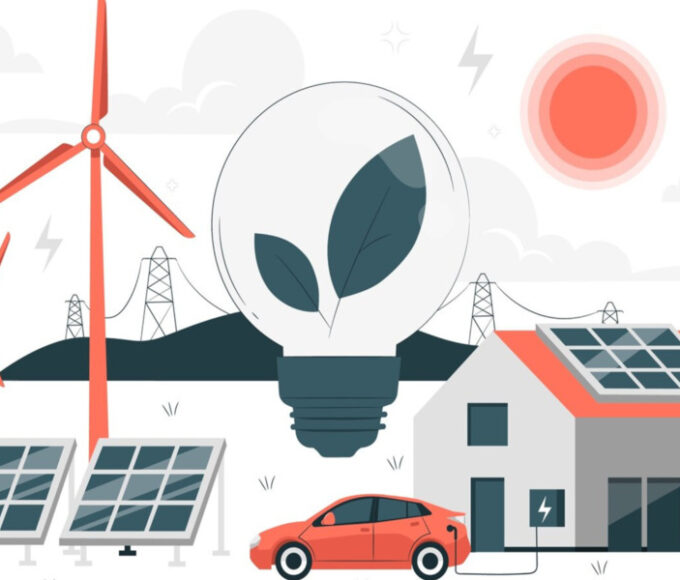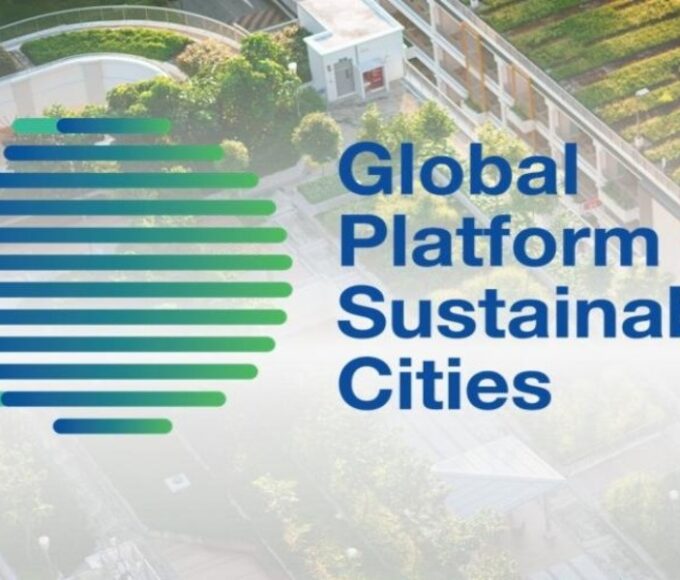Advancements in Plant Carbon Sequestration

As the global community continues to face the challenges posed by climate change, the role of natural systems in mitigating carbon emissions has become increasingly important. One of the most promising solutions is plant carbon sequestration, where plants absorb carbon dioxide (CO2) from the atmosphere and store it in their tissues, soils, and biomass. Over the past few years, significant advancements have been made in understanding and enhancing the potential of plants to sequester carbon, providing new opportunities to combat climate change.
1. Understanding Plant Carbon Sequestration
Plant carbon sequestration occurs through photosynthesis, the process by which plants capture CO2 from the air and convert it into organic compounds, such as sugars and starches. The carbon is stored in the plant’s roots, stems, leaves, and in the surrounding soil as organic matter. Plants, particularly trees, grasses, and crops, play a critical role in reducing atmospheric CO2 levels, and their ability to sequester carbon varies depending on species, growth conditions, and environmental factors.
2. Advances in Genetic Engineering for Enhanced Carbon Capture
One of the most exciting areas of research in plant carbon sequestration is genetic engineering. Scientists are exploring ways to modify plants to enhance their ability to absorb and store more carbon. Through genetic modifications, plants can be made to grow faster, store more carbon in their roots, or enhance their ability to photosynthesize.
For example, researchers have been working on genetically modified plants that can sequester more carbon in the soil by increasing root growth or by producing more robust biomass. Additionally, efforts to enhance the efficiency of photosynthesis in crops like rice and wheat could lead to increased carbon uptake and storage.
3. Improved Agricultural Practices for Carbon Sequestration
In addition to genetic modifications, advancements in agricultural practices are helping enhance carbon sequestration. Techniques such as no-till farming, cover cropping, and agroforestry are being adopted to improve soil health and increase the amount of carbon stored in the ground.
No-till farming, for example, reduces soil disturbance, which helps retain organic carbon in the soil. Cover cropping involves planting specific crops that help sequester carbon during the off-season by absorbing and storing CO2. Agroforestry, which integrates trees and shrubs into agricultural landscapes, not only captures carbon in the trees but also helps improve soil structure and biodiversity, leading to long-term carbon storage benefits.
4. Soil Carbon Sequestration Technologies
Soil-based carbon sequestration is another area of focus in advancing plant carbon storage. Advances in soil science have shown that soil is one of the largest reservoirs of carbon, with the potential to store much more than the atmosphere. Techniques like biochar production, where plant material is converted into a stable form of carbon, and soil amendments that increase organic matter, are gaining attention for their ability to sequester carbon in the long term.
Research into soil microbiomes is also uncovering ways to improve soil’s natural ability to store carbon. The use of beneficial microbes, fungi, and bacteria can enhance the carbon storage capacity of soils, improve nutrient cycling, and support plant growth.
5. Forestation and Reforestation Projects
Forestation and reforestation projects have been a significant focus of carbon sequestration efforts. Planting more trees and restoring degraded forest ecosystems can help absorb substantial amounts of CO2 from the atmosphere. In recent years, new technologies like drones and satellite imagery have made it easier to track the progress of reforestation efforts, allowing for more precise planting and monitoring of forest health.
The integration of native tree species in reforestation projects is also critical, as they are better adapted to local conditions and have higher carbon storage potential. Additionally, urban forestry projects, where trees are planted in cities to enhance carbon capture, improve air quality, and increase biodiversity, are growing in popularity.
6. Urban Agriculture and Green Infrastructure
Urban agriculture and green infrastructure are also gaining traction as methods to sequester carbon. By incorporating more plants into urban environments, such as green roofs, urban gardens, and vertical farming, cities can capture and store carbon in small-scale ecosystems. These initiatives not only help reduce carbon emissions but also promote food security, enhance biodiversity, and improve overall urban resilience.
7. The Role of Grasslands and Wetlands
Grasslands and wetlands play an essential role in global carbon sequestration. Grasslands, which cover large portions of the earth’s land surface, are particularly effective at storing carbon in their deep root systems. Wetlands, including marshes, bogs, and swamps, are also highly effective carbon sinks, with the ability to store vast amounts of carbon in their waterlogged soils.
Efforts to conserve and restore grasslands and wetlands are being prioritized as part of global climate strategies. These ecosystems not only capture carbon but also provide critical services such as water filtration, biodiversity conservation, and climate regulation.
8. Carbon Sequestration as Part of Climate Policy
Governments and international organizations are beginning to recognize the importance of plant carbon sequestration in addressing climate change. Policies that incentivize the use of carbon capture technologies, reforestation projects, and sustainable agricultural practices are being introduced at local, national, and international levels.
Programs such as carbon credit markets, where businesses can offset their emissions by funding carbon sequestration projects, are gaining popularity. This provides a financial incentive for both private companies and governments to invest in carbon capture technologies and sustainable land management practices.
Global Leaders View
The advancements in plant carbon sequestration represent an exciting frontier in the fight against climate change. Through genetic engineering, improved agricultural practices, and conservation efforts, plants can play a crucial role in capturing and storing carbon. By scaling up these initiatives, integrating plant-based solutions into climate policy, and increasing global awareness, plant carbon sequestration could become one of the most effective tools for mitigating the effects of climate change and creating a more sustainable future.
Visit Latest Interviews
Recent Posts
Related Articles
Why You Should Think About Your Domain Extension Before You Think About The Name?
Think of your domain extension like a surname—it wraps up your web...
ByGlobal Leaders ViewAugust 19, 2025Germany’s ‘Energiewende’ Initiative: A Vision for a Sustainable Future
Germany’s ambitious energy transition, known as the Energiewende, aims to shift the...
ByGlobal Leaders ViewJanuary 27, 2025Global Platform on Sustainable Cities Established
In a groundbreaking move toward addressing the challenges of urbanization and climate...
ByGlobal Leaders ViewJanuary 27, 2025Singapore’s Green Urbanism Initiatives
Singapore, known for its modern skyline and bustling urban environment, is also...
ByGlobal Leaders ViewJanuary 27, 2025















Leave a comment